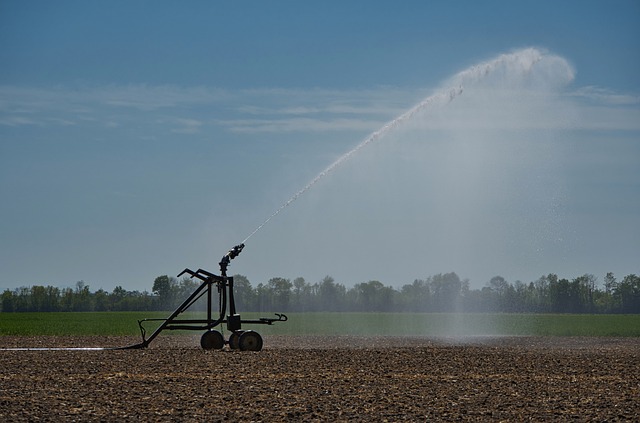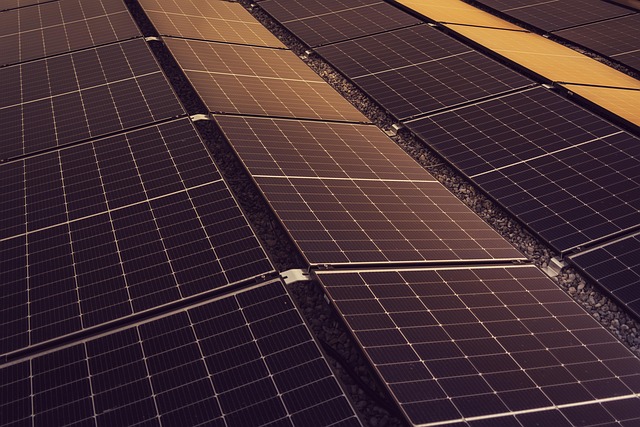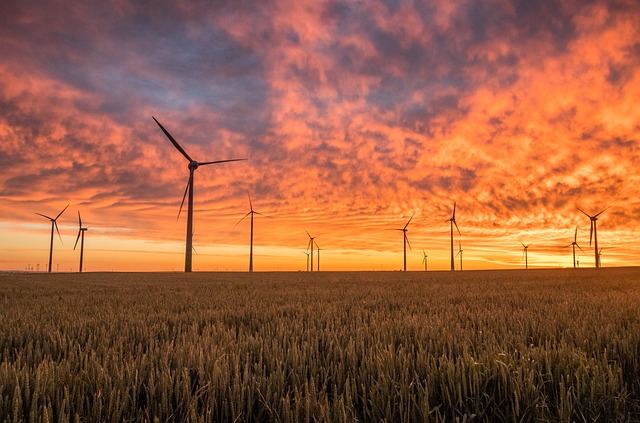In an era where sustainable development is at the forefront of our global agenda, the quest for efficiency in resource management has never been more critical. One area that has seen remarkable innovation is water management, particularly through savings irrigation systems. These systems do not just represent a technological advancement; they embody a holistic approach to reducing our ecological footprint while promoting green technologies that can significantly alter the landscape of agriculture and beyond.
Savings irrigation systems are designed with one primary goal in mind: to maximize water usage efficiency. In regions prone to drought or water scarcity, they offer a lifeline, allowing farmers to maintain crop yields while using significantly less water. This reduction in water consumption directly translates to a lower ecological footprint, benefiting not only the environment but also the community relying on these crops for their livelihoods.
Beyond their immediate benefits, savings irrigation systems are a vital part of the broader movement towards carbon neutrality. By optimizing water use, these systems can reduce the energy associated with water pumping and distribution. This reduction in energy consumption often leads to lower greenhouse gas emissions, aligning agricultural practices with climate goals. The integration of smart sensors, weather data, and advanced monitoring systems ensures that water is used precisely when and where it is needed, minimizing waste and maximizing sustainability.
The implementation of green technologies in savings irrigation systems is a testament to human ingenuity. From drip irrigation and subsurface systems to advanced automation, these innovations empower farmers to adopt best practices that align with both environmental consciousness and economic viability. In doing so, they not only enhance productivity but also contribute to a more resilient agricultural sector capable of withstanding the challenges posed by climate change.
Moreover, these systems foster a community of sustainability-focused individuals who recognize the importance of conserving resources for future generations. Farmers leveraging savings irrigation technologies are not just improving their operations; they are becoming stewards of the land, champions of efficiency, and active participants in the global pact for a greener future. Through workshops, collaborations, and shared success stories, these individuals inspire others to follow suit, creating a ripple effect throughout the agricultural landscape.
As we navigate our way toward sustainable development, the adoption of savings irrigation systems represents a pragmatic approach to achieving efficiency without compromising our environmental responsibilities. By investing in these technologies, we can build a future where agriculture is not only productive but also kind to our planet, setting the stage for generations to come.




